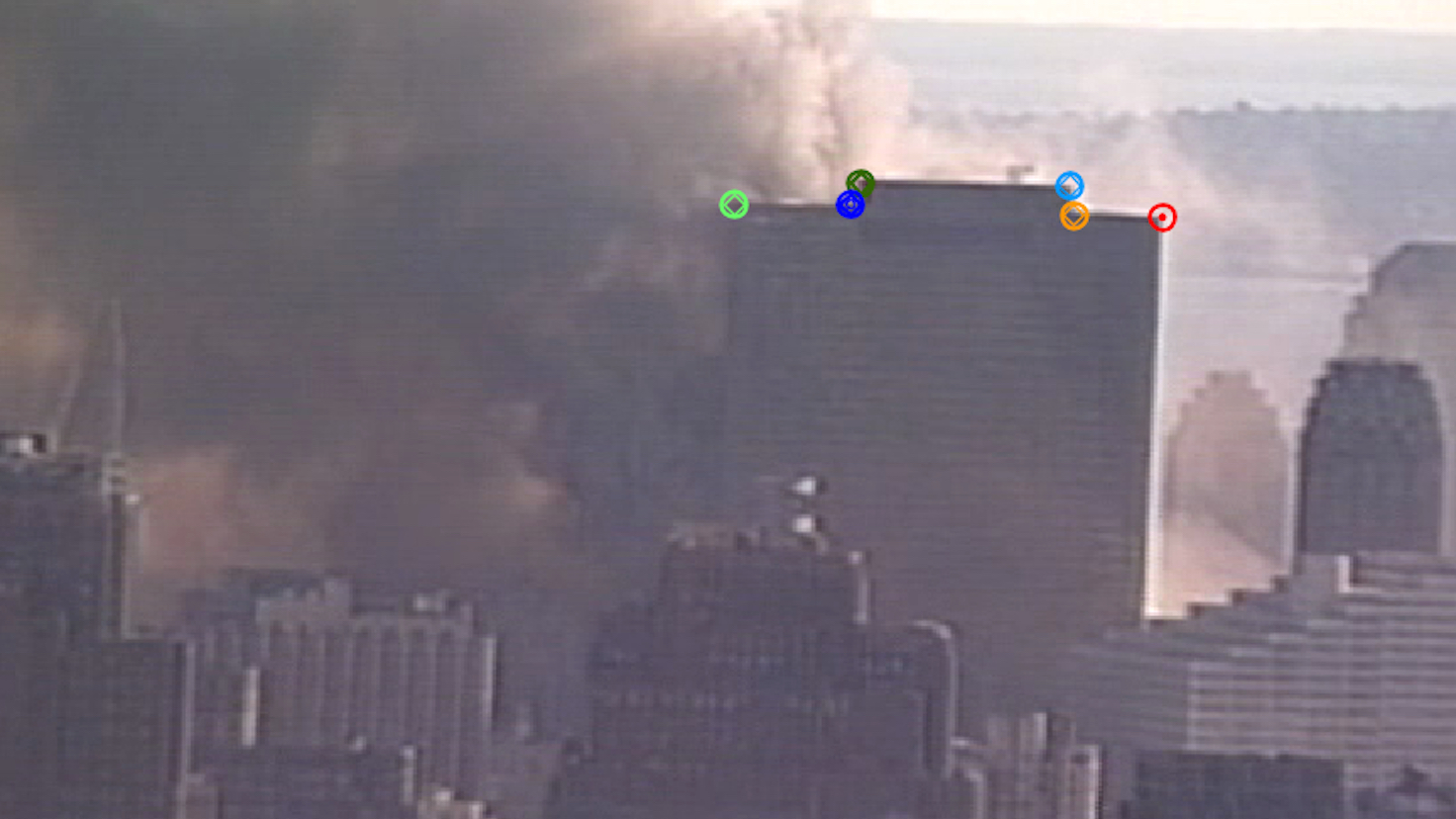The International Center for 9/11 Justice is pleased to announce that the Journal of 9/11 Studies, which is now the Center’s flagship publication, has published a new paper on the destruction of the 47-story World Trade Center Building 7 on September 11, 2001.
The paper, entitled “The Instantaneous Free Fall of World Trade Center Building 7 and NIST’s Attempt to Hide It,” is co-authored by David Chandler, Ted Walter, and Tony Szamboti. Each of them has produced highly influential work on Building 7 over the past decade and a half.
The analysis presented in this paper is the culmination of research that began almost 15 years ago, after the National Institute of Standards and Technology (NIST) issued its August 2008 draft report on the destruction of Building 7.
NIST claimed in that draft report and in related FAQs that Building 7 did not undergo free fall, contradicting the readily observable fact that it did.
At the time, David Chandler challenged NIST’s claim and compelled NIST to acknowledge in its final report that Building 7 did in fact undergo free fall.
However, even while admitting that Building 7 underwent free fall, NIST still claimed there was a short period of slower downward motion prior to the building entering free fall. NIST was apparently trying to give the impression that a natural sequence of structural failures led up to the building’s free fall.
Now, in the most comprehensive measurements of Building 7’s downward motion to date, Chandler, Walter, and Szamboti show that — contrary to NIST’s claim of a gradual transition to free fall — the transition to free fall was instantaneous and simultaneous across the entire measurable width of the building’s roofline. They then show how this observed behavior is incompatible with NIST’s explanation of the building’s destruction.
This is the first paper the Journal has published in nearly four years. We intend to publish on a regular basis from this point forward on the subjects listed here — until the goal of 9/11 justice has been realized.



